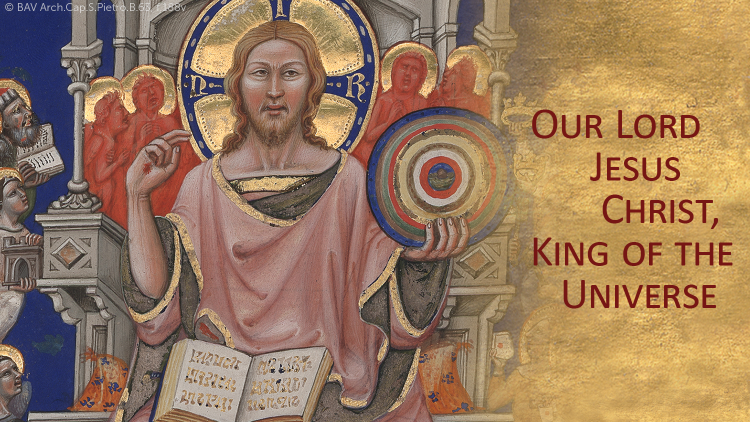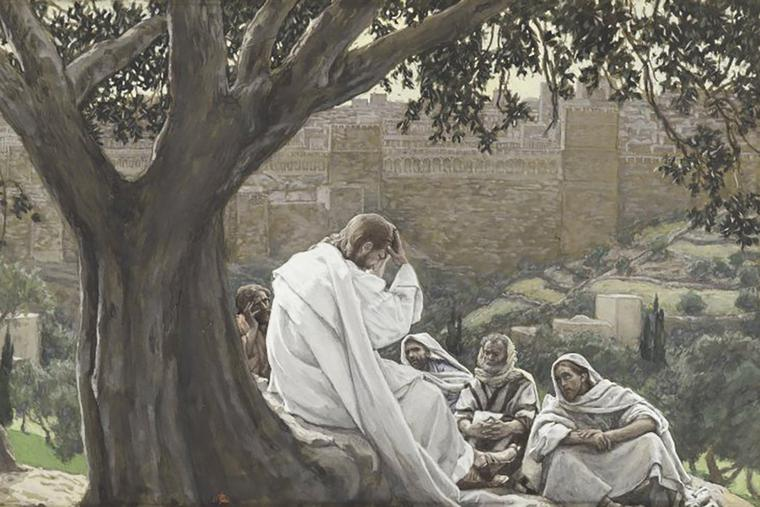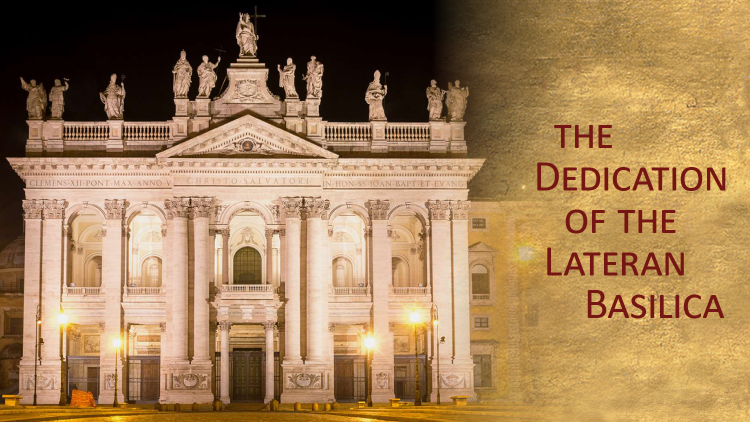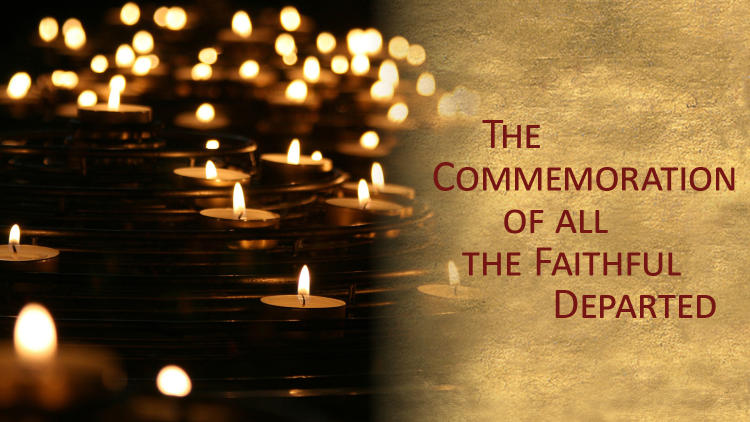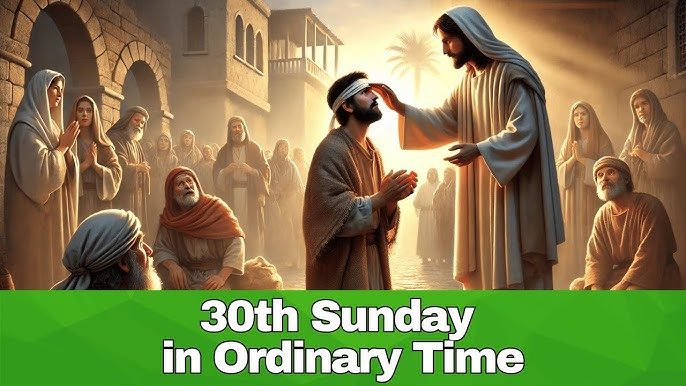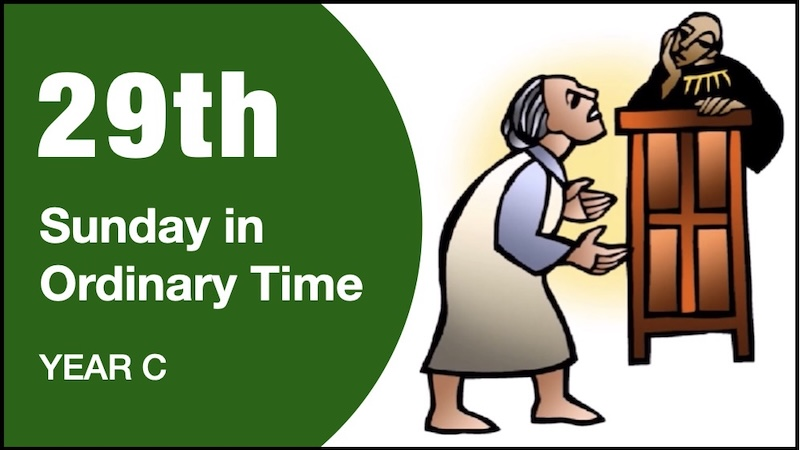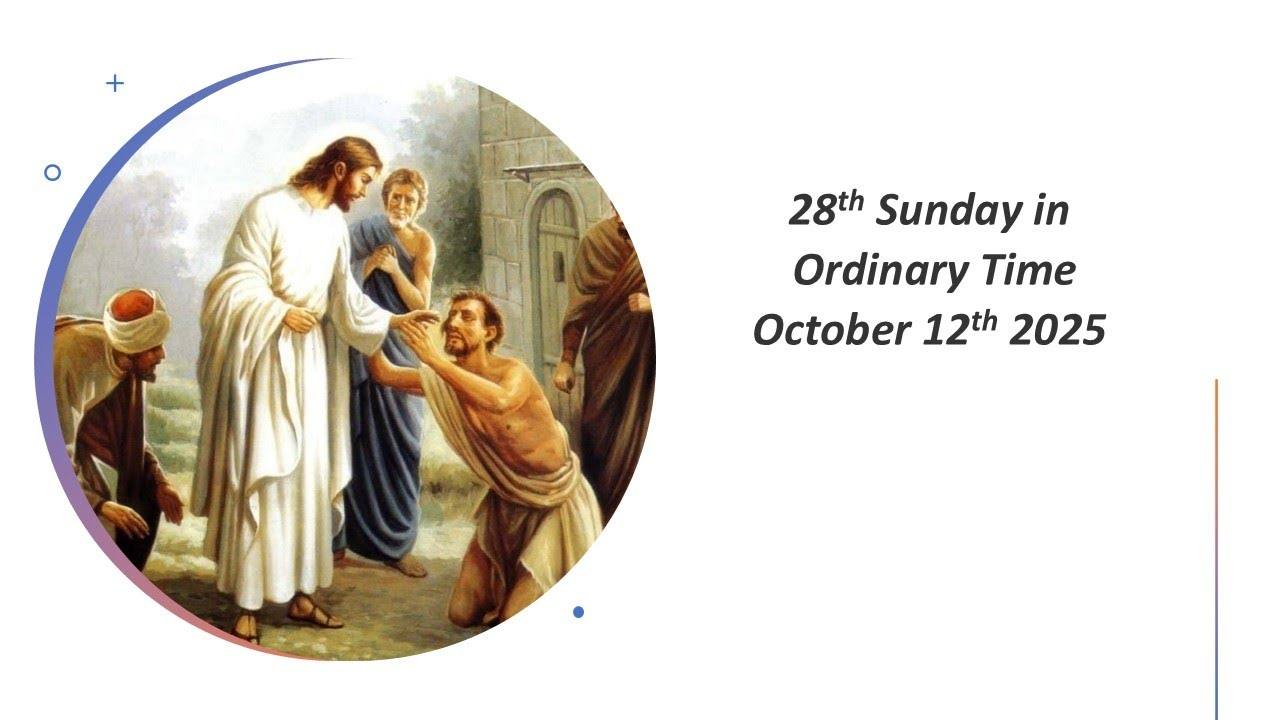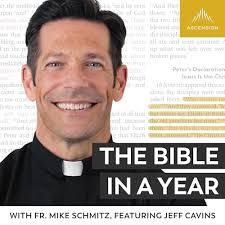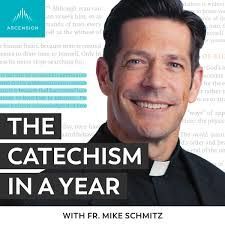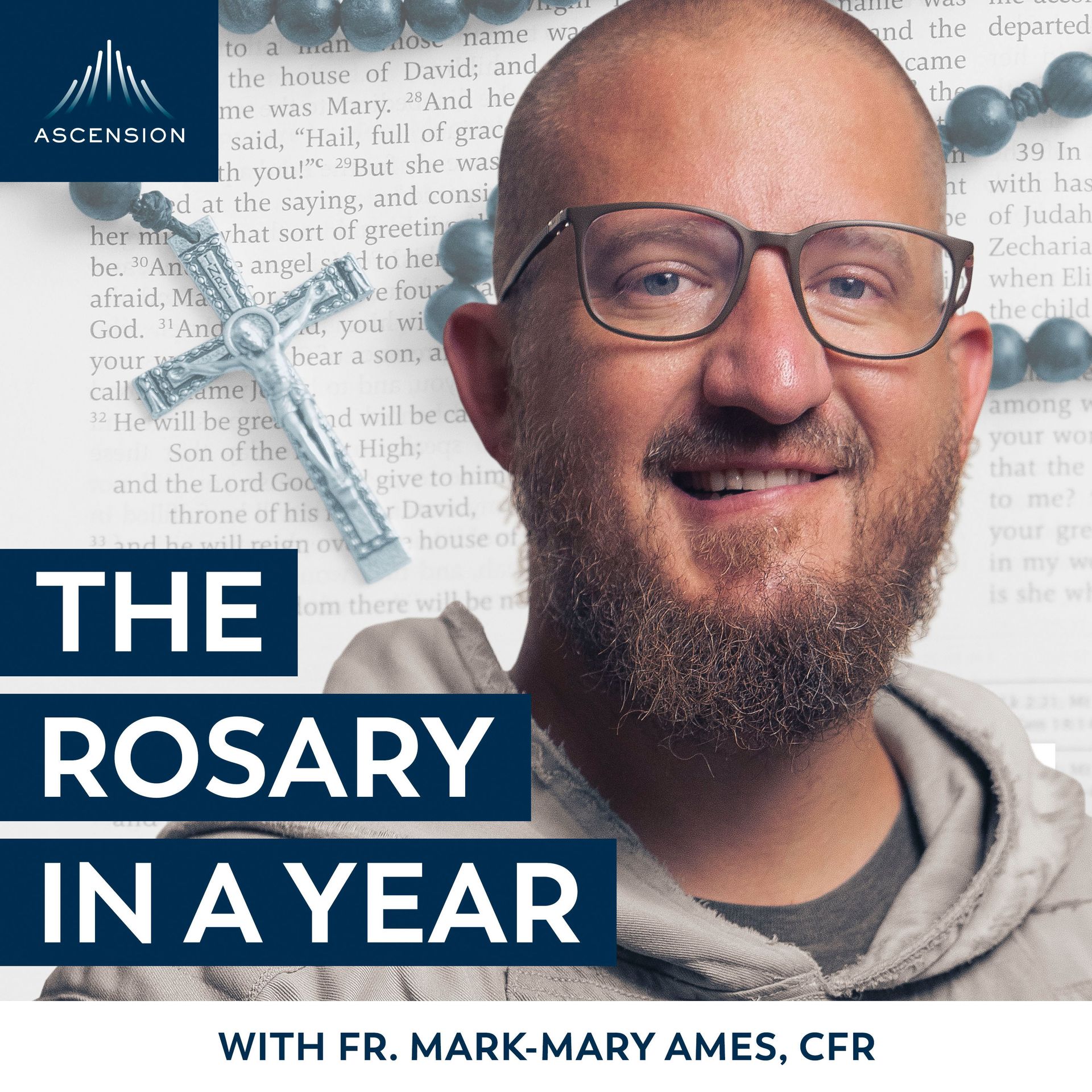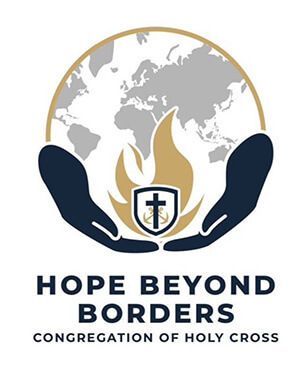First Sunday of Advent, December 3, 2023
Dear Friends,
Can you believe it is already the First Sunday of Advent? Everyone looks forward to Advent for so many reasons. For us, the main reason is we want to ready our hearts and make way for the joy of our Savior’s birth at Christmas.
Let us make the best use of this season to slow down. Wait, what? Slow down? Is this time of the year to slow down? Yes, I know what you mean. It is that time of year when life is the busiest with so much to plan, to prepare, to execute. But the fundamental question is: What are we busy with? As busy as you might be, let us not forget the reason for the season. It is to make room in our hearts for the coming of the Messiah, our Savior and Lord.
Gayle Boss in his book “All Creation Waits: The Advent Mystery of New Beginnings” says something beautiful for us to reflect on: Advent [meaning “coming”] to the Church Fathers was the right naming of the season when light and life are fading. They urged the faithful to set aside four weeks to fast, give, and pray— all ways to strip down, to let the bared soul recall what it knows beneath its fear of the dark, to know what Jesus called “the one thing necessary:” that there is One who is the source of all life, One who comes to be with us and in us, even, especially, in darkness and death. One who brings a new beginning. (Paraclete Press: 2016, xi-xii.)
I am so grateful to you all for making our Advent Mission one of the best so far in the life of St. John’s Community. Your response was heartwarming. It was standing room only. Oh, how I wish our church overflowed with so many people at all our celebrations. Fr. Jim Sichko indeed challenged us by telling us that we could be a better church community in the way we participate in the liturgy, how we reverence the sacred sanctuary, and how we treasure the meaning of the Holy Eucharist by staying until the end of the Mass. My heart aches when we treat our sanctuary with irreverence and when we leave soon after Communion. Oh, when will I see deliverance from this ache?
What a wonderful community you have given us, Lord. We thank you for the faithfulness of our amazing family of St. John’s. As we begin this new liturgical year, help us grow closer to you. We know we could be better in the way we worship you, so we ask for your precious aid! May these years of Eucharistic Revival help us to treasure your gift to us of the Holy Eucharist.
Wish you all a Happy New Liturgical Year as we step into this season of Advent!
Let us now move forward with the Post-Synodal Apostolic Exhortation of Pope Benedict XVI entitled: Sacramentum Caritatis. Have a Blessed Week!
With love, Fr. John
W e e k 23 — SA C R A M E N T U M C A R I T AT I S ( TH E SA C R A M E N T O F C H A R I T Y : T H E E U C H AR I ST )
CONTINUATION OF THE POST-SYNODAL APOSTOLIC EXHORTATION SACRAMENTUM CARITATIS OF THE HOLY FATHER BENEDICT XVI TO THE BISHOPS, CLERGY, CONSECRATED PERSONS AND THE LAY FAITHFUL ON THE EUCHARIST AS THE SOURCE AND SUMMIT OF THE CHURCH'S LIFE AND MISSION
P A R T T W O : T H E E U C H A R I ST — A M Y ST E R Y T O B E C E L E B R A T E D ( c on t i n u e d )
"Truly, truly, I say to you, it was not Moses who gave you the bread from heaven;
my Father gives you the true bread from heaven" (Jn 6:32)
MYSTAGOGICAL CATECHESIS
- The Church's great liturgical tradition teaches us that fruitful participation in the liturgy requires that one be personally conformed to the mystery being celebrated, offering one's life to God in unity with the sacrifice of Christ for the salvation of the whole world. For this reason, the Synod of Bishops asked that the faithful be helped to make their interior dispositions correspond to their gestures and words. Otherwise, however carefully planned and executed our liturgies may be, they would risk falling into a certain ritualism. Hence the need to provide an education in eucharistic faith capable of enabling the faithful to live personally what they celebrate. Given the vital importance of this personal and conscious participation, what methods of formation are needed? The Synod Fathers unanimously indicated, in this regard, a mystagogical approach to catechesis, which would lead the faithful to understand more deeply the mysteries being celebrated. (186) In particular, given the close relationship between the ars celebrandi and an actuosa participatio, it must first be said that "the best catechesis on the Eucharist is the Eucharist itself, celebrated well." (187) By its nature, the liturgy can be pedagogically effective in helping the faithful to enter more deeply into the mystery being celebrated. That is why, in the Church's most ancient tradition, the process of Christian formation always had an experiential character. While not neglecting a systematic understanding of the content of the faith, it centered on a vital and convincing encounter with Christ, as proclaimed by authentic witnesses. It is first and foremost the witness who introduces others to the mysteries. Naturally, this initial encounter gains depth through catechesis and finds its source and summit in the celebration of the Eucharist. This basic structure of the Christian experience calls for a process of mystagogy which should always respect three elements:
- It interprets the rites in the light of the events of our salvation , in accordance with the Church's living tradition. The celebration of the Eucharist, in its infinite richness, makes constant reference to salvation history. In Christ crucified and risen, we truly celebrate the one who has united all things in himself (cf. Eph 1:10). From the beginning, the Christian community has interpreted the events of Jesus' life, and the Paschal Mystery in particular, in relation to the entire history of the Old
- A mystagogical catechesis must also be concerned with presenting the meaning of the signs contained in the This is particularly important in a highly technological age like our own, which risks losing the ability to appreciate signs and symbols. More than simply conveying information, a mystagogical catechesis should be capable of making the faithful more sensitive to the language of signs and gestures which, together with the word, make up the rite.
- Finally, a mystagogical catechesis must be concerned with bringing out the significance of the rites for the Christian life in all its dimensions – work and responsibility, thoughts and emotions, activity and repose. Part of the mystagogical process is to demonstrate how the mysteries celebrated in the rite are linked to the missionary responsibility of the faithful. The mature fruit of mystagogy is an awareness that one's life is being progressively transformed by the holy mysteries being celebrated. The aim of all Christian education, moreover, is to train the believer in an adult faith that can make him a "new creation", capable of bearing witness in his surroundings to the Christian hope that inspires
If we are to succeed in carrying out this work of education in our ecclesial communities, those responsible for formation must be adequately prepared. Indeed, the whole people of God should feel involved in this formation. Each Christian community is called to be a place where people can be taught about the mysteries celebrated in faith. In this regard, the Synod Fathers called for greater involvement by communities of consecrated life, movements and groups which, by their specific charisms, can give new impetus to Christian formation. (188) In our time, too, the Holy Spirit freely bestows his gifts to sustain the apostolic mission of the Church, which is charged with spreading the faith and bringing it to maturity. (189)
REVERENCE FOR THE EUCHARIST
- A convincing indication of the effectiveness of eucharistic catechesis is surely an increased sense of the mystery of God present among us. This can be expressed in concrete outward signs of reverence for the Eucharist which the process of mystagogy should inculcate in the faithful. (190) I am thinking in general of the importance of gestures and posture, such as kneeling during the central moments of the Eucharistic Prayer. Amid the legitimate diversity of signs used in the context of different cultures, everyone should be able to experience and express the awareness that at each celebration we stand before the infinite majesty of God, who comes to us in the lowliness of the sacramental signs.
(186) Propositio14.
(187) Propositio 19
(188) Propositio14.
(189) Benedict XVI, Homilyat First Vespers of Pentecost (3 June 2006): AAS 98 (2006), 509.
(190) Propositio34.


